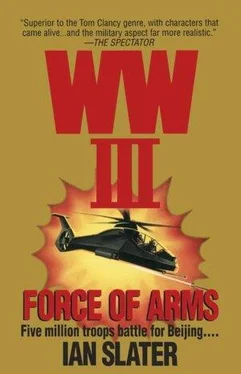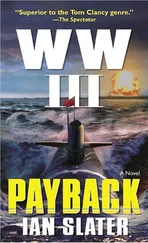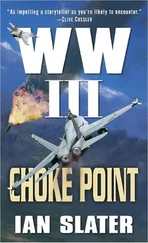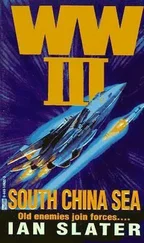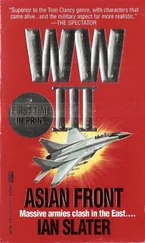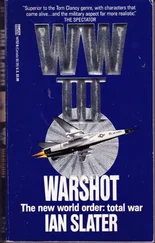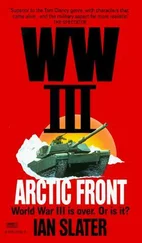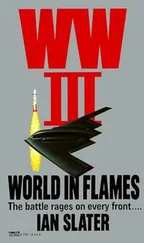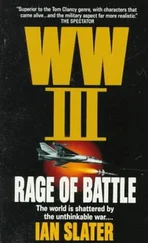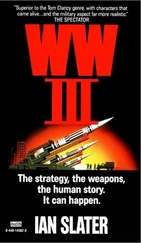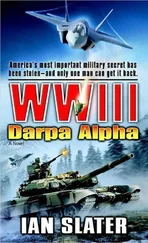Orgon Tal
“All right,” Robert Brentwood called out, his voice echoing in the hangar to which the Galaxies and Hercules had taxied after the hop from Khabarovsk, “everyone listen up. We’re using the GQ three-sixty chutes and going in HAHO.” He meant the high-altitude, high-opening technique as opposed to high-altitude, low-opening, or “HALO.” High altitude, low opening meant you were in free-fall up to two to three minutes at two hundred feet per second. It got you to the drop zone much more quickly than HAHO, but they wanted to avoid going straight down onto the ICBM site for fear that the triple A would chop them to pieces on the way down and that the PLA guards at the site would be onto them before they could break free of their harness and unlash their drop pack of extra ammo, food, etc.
Even so, Aussie Lewis, a veteran like David Brentwood, Choir Williams, and Salvini of high-altitude, low-opening, preferred to free-fall for two minutes then open the chute. Very few ground troops, he had found, could respond in under five minutes. But Brentwood said it was the CO’s idea to go high-altitude, high-opening two miles north of the ICBM site and therefore away from most of the triple A that SATREP revealed was clustered in the valley about the site. Besides, the slopes between the range of mountains and Lake Nam being only three to five miles wide meant that for such a high jump there was always the possibility of wind shears moving off the sides of the twenty-thousand-foot mountains. Freeman had decided that they should have high-opening, for this way they would have more time to steer themselves down, and also the drop planes could then turn off and so not encounter the worst of the triple A that festooned the ICBM site further along the southern end of the valley.
As Choir Williams was checking his nine-cell Ram-Air GQ chute, which had cross-port venting as well as both inside-outside stabilizers to help steady the chute in crosscurrent turbulence, Aussie Lewis made some disparaging remark about HAHO. “Oh, I don’t know, Aussie,” Choir said. “I prefer a little time going down to catch the scenery.”
At twenty feet per second, the high-opening descent from twenty-five thousand feet could take up to twenty minutes to half an hour, depending on how much glide was involved.
“We’ll be old men before we get there,” added Aussie, who was checking his insulated Gore Tex battle smock and trousers before getting into his overlay of SAS/D gear.
“All right,” Brentwood said, going down the checklist. “Oxygen masks, wrist altimeter, tether line…”
There were a hundred and one details that had to be checked, particularly the oxygen masks which, because of the danger of altitude sickness, would have to be used not only on the way down but for many on the ground as well after the freezing descent. David Brentwood was finishing getting into his all black SAS/D antiterrorist gear with his combination SF/10 respirator with oxygen tank behind. Even the eyepieces of the mask were blackened so as to withstand the flash of the famous SAS stun grenade. As well, he was sporting a Kevlar vest in black, a black Browning high-power thirteen Parabellum shot pistol, and his stockless Heckler & Koch MP5K belt kit of pouches holding extra magazines, stun and smoke grenades. Now he pulled on his Danner boots. He was pulling on his black leather gloves and checking to make sure his upside-down knife in its sheath was hanging properly from its tether in the middle of his vest.
“At-ten-hun!” Brentwood said, and Freeman, with Norton following, entered the hangar. There was a special respect that the SAS/D men had for Freeman. No matter what Washington said, he was a hands-on, at-the-front commander, and they knew that if he had his way he would have been leading the attack on the ICBM site. But the fact was that he somehow had to stabilize the military situation on his fast-disintegrating front east of Orgon Tal.
“Wish I could come along with you boys,” Freeman said, and they knew he was telling the truth. Choir had told the youngest of the commandos how Freeman had led the night raid on Pyongyang in North Korea and on Ratmanov Island. “That was a party, that was,” Choir said. Ratmanov Island was now part of the Freeman legend — how he’d led his men on the drop over the barren wastes of the Bering Strait and fought the special CIS Spetsnaz troops to a standstill in the tunnels.
“He likes tunnels,” another paratrooper said as they waited for Freeman to reach the impromptu dais made up of a wooden loading pallet.
“You think there’ll be tunnels on this one?” a trooper asked.
“Oh no,” Salvini answered. “Don’t think so. What would they be doing with tunnels? Nah, they can just disappear whenever they want. They make themselves invisible, see, and walk straight through the fucking mountain.”
“Hey — no need for the fucking sarcasm.”
“Gentlemen!” It was Freeman, putting on his reading glasses and pulling out an extension pointer that, recessed, looked like a .45 bullet casing. “… your attention.”
Salvini checked the magazine release catch on his HK MP5 and looked at the seven-by-four-foot stand map Freeman was pointing to. The general placed the pointer on central Tibet then let it slide to latitude 30.4 north and longitude 90.62 east near Mount Nyainqemtanglha Feng. Immediately to the south of Lake Nam there was a fifty-mile-long east-west range of mountains twenty thousand feet high running parallel with the lake, a small town called Damquka on the other side of the mountains on the China-Lhasa road. The whole map shuddered and dust spilled from the prefab hangar as more heavy Chinese artillery or a warhead from one of the ICBMs exploded in the distance around the Orgon Tal railhead. “… Between this part of the mountain range that runs southwest to northeast,” Freeman continued, “is a narrow slope that is the land between the mountain range and the lake. The lake is fed by streams from the mountain range, hereafter referred to as me Nyain Range. What we have to do is come down in the valley and head along the base of the mountain until we find the launch site. Once the big door opens, we go in.”
“Sir,” Aussie called out. “Have they got any ground sensors? If so, they’ll hear us coming for miles.”
Brentwood was glad Aussie asked the question. It was at least getting his mind off Alexsandra.
Freeman shook his head. “Don’t worry about it, Lewis. Only sensors they have up in there in that godforsaken place are a yak or two.” There was laughter.
“What we depend on, men,” Freeman said, “is surprise and speed. We’ll be in and out before they can get any PLA to us.”
“Why isn’t their PLA camp near the ICBM site, General?” another trooper asked.
“They’re not stupid,” Freeman answered, “that’s why. That’d be a dead giveaway to SATRECON. No, the nearest PLA camp is at Damquka — on the other side of the mountain range. Away from the site but close enough to help with helo gunships. But remember this — it will take them time to realize what’s going on and to send troops over in choppers. That’s twenty thousand feet of mountain they have there, and choppers will have to weave their way carefully through any of the passes, particularly if there’s any overcast. Anyway, the PLA site is over there not so much a guard for the ICBM site, which we weren’t supposed to know about, but rather to keep an eye on the Tibetans along the Lhasa Road. PLA are always hurrying them on through the valley — don’t want them messing around or camping too near the lake and seeing a missile launch. Besides, Beijing has an obsession about Tibet. It wants enough troops in there just to show them who’s boss.”
Читать дальше
